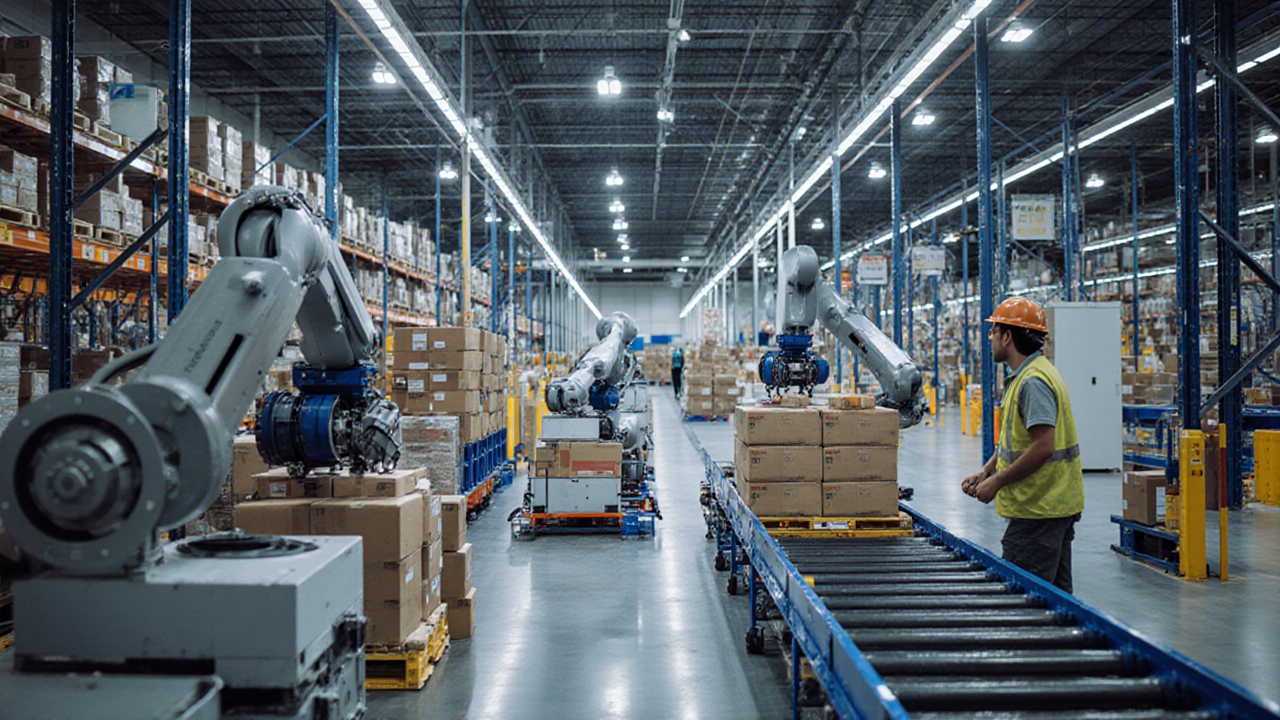
Artificial intelligence is reshaping how the world's most complex supply chains operate, turning what was once a static, plan‑centric process into a dynamic, real‑time ecosystem. When a leading logistics provider first asked why it should invest in AI, the answer was clear: precision, speed, and resilience are the new pillars of customer experience, and AI is the engine that can deliver them at scale. By sharpening demand forecasts, fine‑tuning inventory decisions, and reacting instantly to disruptions, AI turns a supply chain from a series of scheduled activities into a living, breathing system that continuously adapts to change. The technology also empowers frontline workers with smarter tools, turning routine tasks into high‑value decision points that boost productivity and safety.
The journey began with a shift from a 52‑week prediction plan—a model built on the previous year’s purchasing patterns and tweaked for weather and demographic trends—to a framework that ingests real‑time signals such as supplier manufacturing delays, route disruptions, site closures, labor capacity, and shifting demand across geographies. The COVID‑19 pandemic proved that static outlooks can collapse overnight; when consumer behavior shifts in hours, a rigid plan becomes a liability. Modern AI solutions now pull from a far broader data set, allowing the system to detect and anticipate changes before they ripple through the network. Generative AI and machine learning engines simulate “what‑if” scenarios within a digital twin of the supply chain, enabling leaders to stress‑test decisions and uncover opportunities that would otherwise remain hidden.
At the operational level, AI’s impact is tangible. Convolutional neural networks and reinforcement learning models automate end‑to‑end decisions, turning scale, speed, and resilience into competitive strengths. For instance, demand‑forecasting algorithms dynamically shift inventory flows: if an item accelerates sales in one region, the system reallocates stock to meet that demand, while store‑to‑customer shipping models choose the nearest outlet that can deliver with the fewest trips, ensuring a seamless shopping experience. In regional distribution centers, AI‑powered robotics now disassemble and reassemble pallets, dramatically improving fulfillment accuracy and throughput. On the transportation side, AI analyses demand patterns, inventory locations, and real‑time traffic data to optimize delivery schedules and routes; dynamic routing algorithms maximize truck fill rates and select the most efficient pickup and drop‑off points, reducing miles driven and cutting fuel costs.
The benefits extend beyond cost savings. By continuously learning from new data, AI systems surface insights that human analysts might miss. Retrieval‑augmented generation (RAG) and multilayer perceptrons (MLPs) feed back into the decision loop, ensuring that the network remains agile and resilient. The result is a supply chain that keeps shelves stocked, reduces operational bottlenecks, and empowers associates to focus on higher‑value tasks rather than manual execution.
For supply chain leaders contemplating an AI rollout, the lesson is to start with high‑impact, well‑defined challenges that affect scale. Success is measured not by isolated projects but by the cumulative effect on customer experience and associate productivity. Building a strong data foundation, investing in talent that can blend human judgment with machine insights, and adopting a culture of experimentation are critical. Companies that treat AI as an enabler—rather than a replacement—create hybrid decision frameworks that harness the best of both worlds.
Looking ahead, the trajectory is clear: AI, robotics, and emerging delivery technologies such as drones will converge to create a new era of commerce where customers can shop flexibly, anywhere, anytime. The focus for executives is to design seamless, personalized experiences while ensuring that the workforce is equipped with tools that enhance safety, efficiency, and satisfaction. In an industry where customer expectations are escalating and the operational landscape is constantly shifting, the ability to anticipate and respond in real time will be the decisive advantage.
Loading comments...